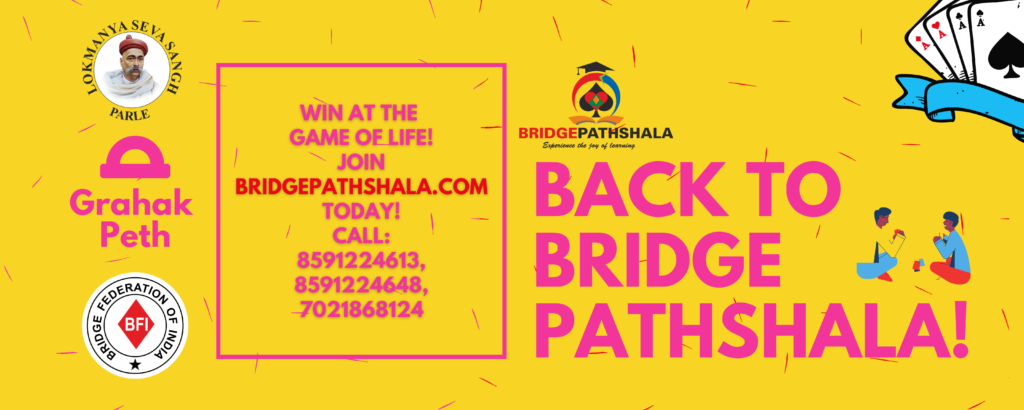Prabha and Padma were over the moon as their organization was awarded software development maturity level 4 (Managed) and they had made significant contributions towards that effort. Kingo never paid attention to quality aspects as he was a marketing guy and asked, “What does it mean”. Padma loved to explain this aspect. There are 5 maturity levels for software development organizations – 1 (Chaotic – surviving each day as it comes), 2 (Repeatable – well defined processes and can implement existing processes well) 3 (Defined – ability to define new processes), 4 (Managed – every decision is taken using data/metrics) and 5 Self-Optimizing (keep on improving using principles of continuous improvement). We have been certified at level 4.
Kaushik never lost an opportunity to compare everything to Bridge asked, “What is the level of our Bridge team?” Padma and Prabha answered in in unison – “we are at level 3 and still far away from level 4). Kaushik nodded in agreement while Kingo was not interested in knowing the maturity level of the team as long as they keep winning.
Padma elaborated, “We have well documented processes and have the ability to define new processes based on our experiences at the Bridge table. We don’t have any metrics and therefore are still far away from level 4. Prabha added, “Though we are at level, I am glad that we are applying some of the principles of continuous improvement by discussing errors and correcting our processes so that the error does not happen again – something like a root cause analysis.”
Kasuhik wanted to know what we should do to move to level 4. Padma answered firmly, “we need to start building a database of errors and classify them into Bidding, Declarer Play and Defence at the very minimum”. Prabha strongly felt that just classifying by type of process was not enough – we need to associate a name with each error – who as responsible for that error?”
Kaushik had a smile on his face and said that this where the problems begin. “If we associate and error to person A, then A must acknowledge the error and accept to do the corrective action. In Bridge, people will argue that it was not an error but a judgment which went wrong. If we have to associate an error with a person, we need a neutral authority like a coach whose decision has to be respected and there should be no further debate if it was an error or a judgment.”
Kingo said, “Let us not make this a very serious game. We are playing as a pastime and should not become a serious stuff resulting in not having fun playing the game. Let us keep it at current level where we discuss and agree on corrections but not have database and metrics”. Everyone agreed with Kingo’s comments and said that doing formal metrics analysis on Bridge will remove the joy factor in the game and hence leaving it at current level of analysis and discussions was sufficient.
Tailpiece:
Goofy smirked. Thank God we have only three processes to follow – Eat when food is served, bark at strangers and sleep-play the rest of the time.


